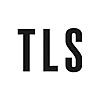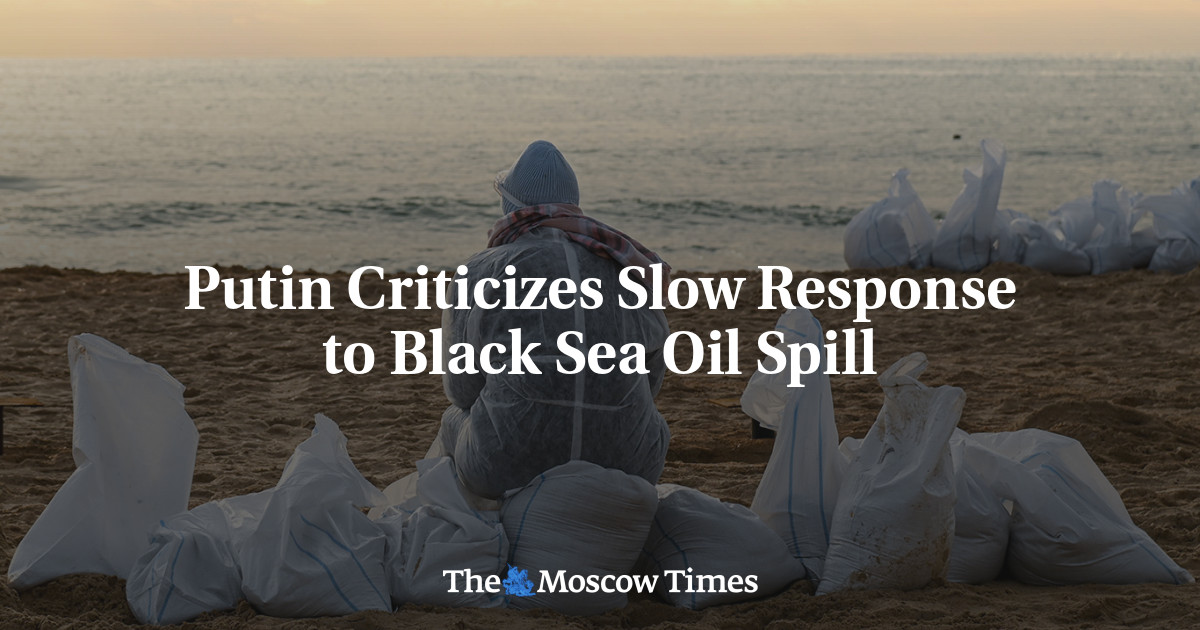On Friday, I did finally set foot in the White House, but not quite as I had intended. The planned visit – for a group of us from the National Gallery – had been on and off all week, because of the snow. Finally, we were told on Thursday night that we could show up at 9am the next morning, but the curator of White House collections whom we had hoped to meet would not be available. There were pluses and minuses to this. We sadly missed out on the inside curatorial story. But we were able just to wander round with the other regular visitors and get a sense of the ordinary touristic White House experience.
Let me say, in case you are wondering, that you do not get anywhere near the Oval Office or the West Wing. This (self-guided) tour is of the East Wing, and a few public rooms only.
My only useful comparison was with a visit to Buckingham Palace I made years ago. There were, it is true, certain similarities – the gift shop and pricey memorabilia being the most obvious (the branded White House Christmas tree decorations could have been made by the same people as made the Buckingham Palace versions). But for the most part it was the differences that struck me.
The White House is free for a start, as against the almost £100 that our Palace would set you back this year, for a family of four. And the visit feels rather like a patriotic, citizenly pilgrimage. On Friday the whole place was packed, with queues to get into many rooms, and most people were taking advantage of the specially arranged photo opportunity, near the exit: have your party photographed between appropriate US flags and underneath the presidential seal (we didn’t, but it was obviously a great high point for a lot of visitors).
It was in the art collections, though, that I sensed the most striking difference. My recollection of the Palace is that, as well as the predictable regal portraits, it is full of a long-accreting collection of works of art going back well before the early nineteenth century and interspersed with some of the loot, directly or indirectly, taken from Napoleon. It feels like a place where stuff doesn’t get thrown away. And that, of course, is part of its dynastic role.
The White House, by contrast, feels like it has a makeover with each new occupant. There are plenty of presidential portraits and a lot of personalized dinner services on display (people were debating which they liked best). But relatively few “inherited” works of art, at least in the part I saw – that may be different elsewhere. The emphasis instead is on how succeeding presidents and first ladies put their own stamp on the place, before the next lot moved in. Some had more of a lasting impact than others. Jackie Kennedy seems to have made the biggest mark. It was she who was instrumental in opening part of the White House to the public, and in redecorating the most impressive room we saw, “The Diplomatic Reception Room”. Its early nineteenth-century wallpaper is stunning: of French manufacture, showing scenes from life in North America and acquired from a house that was being demolished in Maryland, as part of the Kennedy makeover. Just as the decoration of the Palace fits the hereditary monarchy, so the White House reflects the ever-changing democratic presidency – as I should have realized.
 The Diplomatic Reception Room | © Wikimedia Commons
The Diplomatic Reception Room | © Wikimedia CommonsHow easy is it then to visit? I was lucky as my own visit was set up by the National Gallery. It seems that US citizens can either book through their congressman or woman – or they can use an online booking system (currently no spaces available!). Foreigners are told to go through their own embassy. That’s fine, except that as soon as you go the British embassy website (and it is the same for some other countries), this is what they have to say:
While the White House website asks foreign citizens interested in a tour to contact their embassy, the accompanying US mandatory restrictions make tours impractical. We are sorry not to be in a position to assist at this time.
So maybe do as they suggest and take the virtual tour.
The post Inside the White House appeared first on TLS.

 By Times Literary Supplement | Created at 2025-01-14 15:12:36 | Updated at 2025-01-15 12:59:38
21 hours ago
By Times Literary Supplement | Created at 2025-01-14 15:12:36 | Updated at 2025-01-15 12:59:38
21 hours ago





